Do You Believe in Innovation?
In recent centuries, unanimous consent, regardless of the type of political and ideological regime, has involved all the technological innovations: believed to be a sign of progress, they have been welcomed and embraced by the masses not just as an instrument for a better life, but also as the trophy of political and cultural achievement. Eventually, through this progess, Man can triumph over God, and replace Him. This is even more true in our own day and age, which is dominated in an unprecedented manner by technology. In the art world as well, two opposite trends paradoxically live together: on the one hand, the need to incorporate new technologies, and, on the other, the affirmation of human primacy over technological control. Within this context, the dialogue with technology and science is reputed to be the most important aspect of the social function of contemporary creative practices, as well as a factor of great appeal for the public. In a certain sense, the technological sphere is replacing the artistic one more and more, offering what is known as an “immersive experience.” This experience is easy to use and therefore perfect for consumption. And the result of this has been the birth of a new type of aesthetic pleasure based on sensational reactions. Nonetheless, there does indeed exist some confusion between artistic creation and technological innovation. They stem from two opposing drives: the former concerns the creation of something out of nothing, while the latter involves the derivation of something from something else. Art professionals today struggle with this important, actually fundamental, equivocation.
The first part of this chapter of the Atlas (Homo Deus) is devoted to critical reflections and incorporation of the role of science and technology in “art making” by raising the question if human intelligence can be elevated to the height of God. At the same time, it is necessary to state that innovation, when applied to a broader field of life, goes well beyond science and technology. Man has never ceased to seek for a certain safe-haven beyond material progress – it’s called spirituality, or mythology, or religion. It’s a question of seeking imaginative thoughts and of proposing alternative actions, so as to be able to explore and understand the world in a truly “reliable” way. The second part of this atlas investigates this dimension “beyond,” the human being’s constant wondering why and how he or she needs to believe (Deus in Homo).
Eventually, we must ask: what is really art? Can art exist in a pure form (Art in Its Pure Form)?




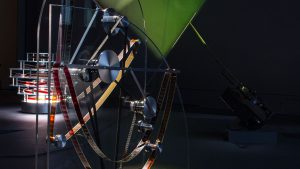

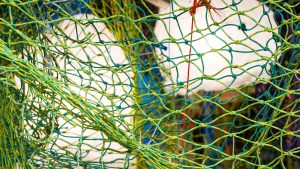


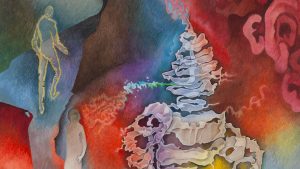

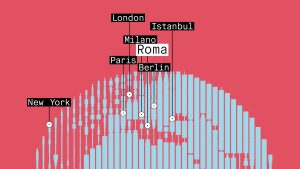



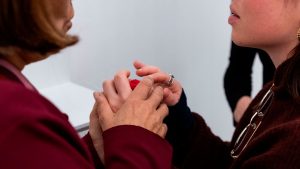









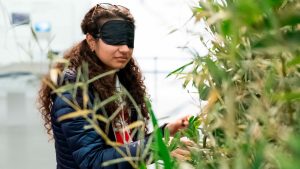




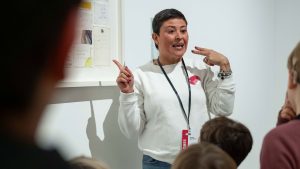



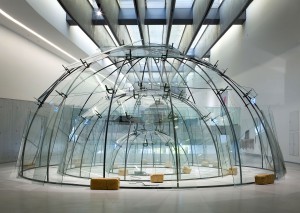
















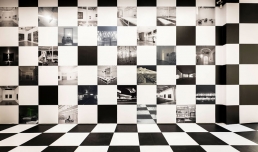








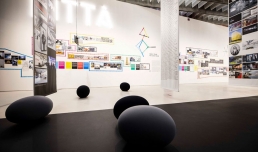






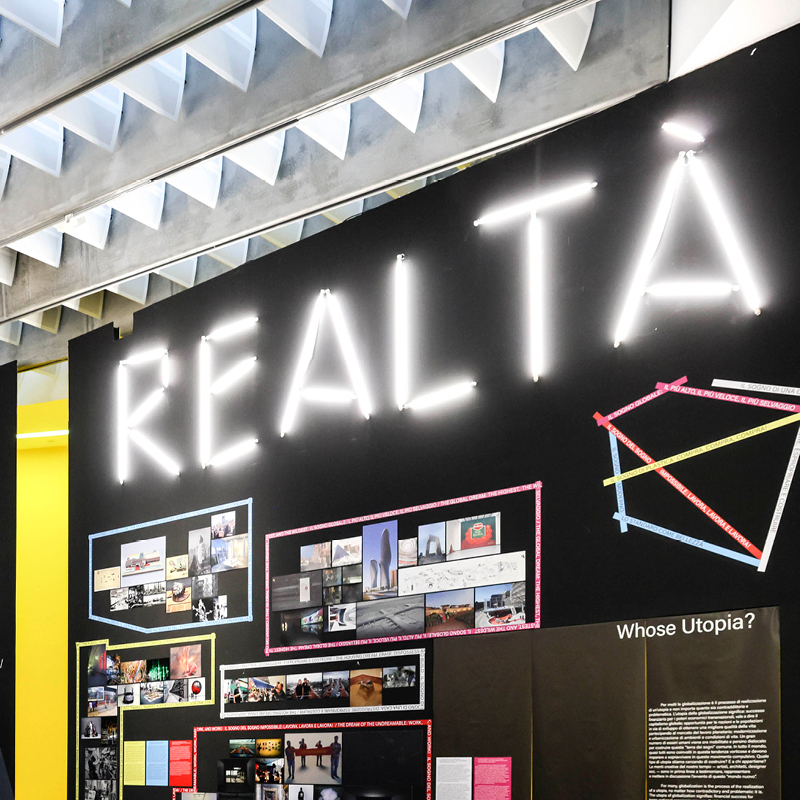



A passionate work of research, reflection and debate on the first decade of the 21st century, through the point of view of MAXXI.
City, square, worlds, reality, believe are the neon lights that stand out in the gallery, referring to the five major themes of the exhibition and creating an Atlas that recounts the Museum’s programming in relation to world events.
Visitors are invited to explore the colourful rooms, let themselves be carried away, lose themselves in a galaxy of images, sounds and projections and be an active part of this “collective brainstorming”.
What emerges is a profound link between artistic creation and contemporary reality, also underlined by the collaboration with the ANSA Agency, which has contributed to creating a powerful image-based account of the main events of the decade. The mission of organising this explosion of ideas and stimuli in space was entrusted to the renowned Dutch studio Inside Outside by Petra Blaisse.
header: photo © Agostino Odio
sezioni di mostra / atlanti
MAXXI and the City
The Multitude
Worlds
The Challenges of Reality
Do You Believe in Innovation?
Rooms